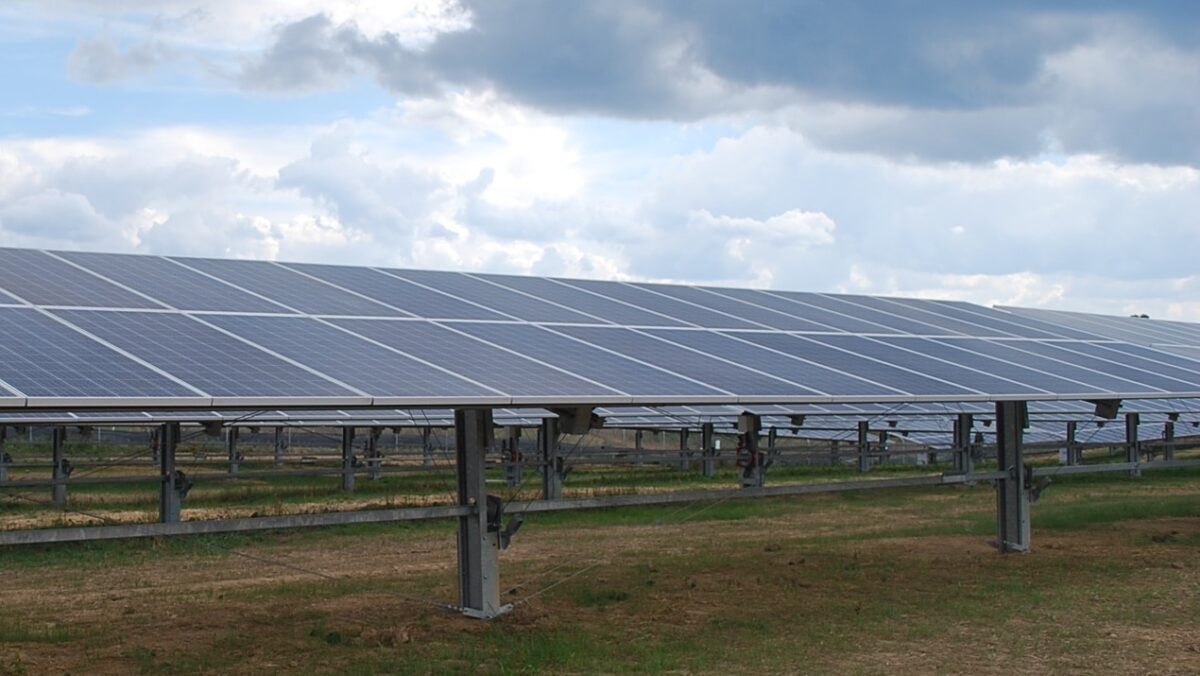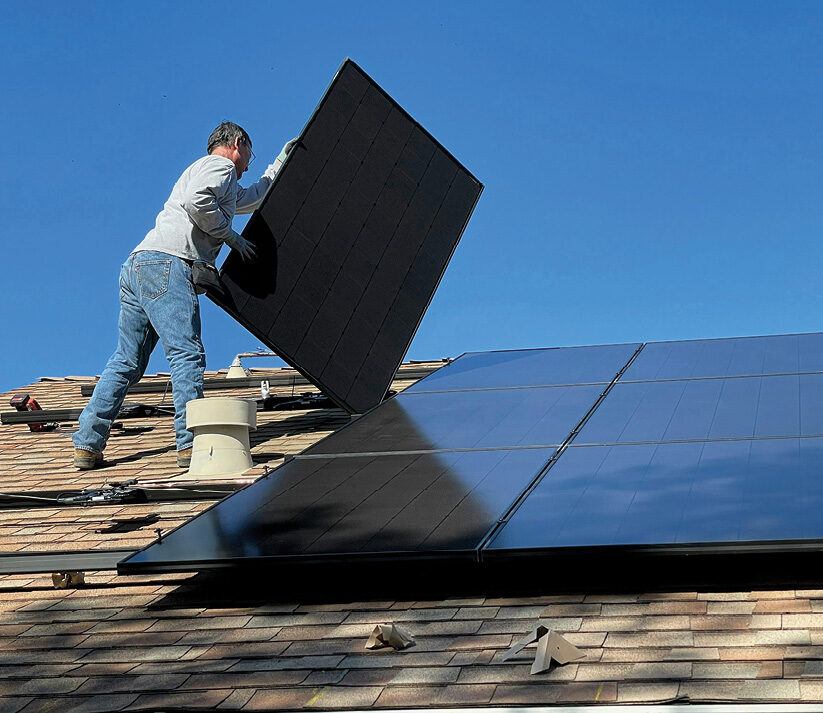Researchers at the University of Tennessee Institute of Agriculture recently completed a study to determine Tennessee’s current and projected land use for utility-scale solar energy production and possible impacts on the state’s farmland.
The study, Evaluating Potential Land Use of Utility-Scale Photovoltaics (Solar Panels) on Farmland in Tennessee, sought to determine the amount of land needed to accommodate the increase in solar installations in Tennessee. The researchers found that Tennessee’s current operational and contracted utility-scale facilities would generate 1.4 GW of energy and require between 8,197 to 14,743 acres of land, equating up to 0.056% of the state’s total land mass or up to 0.137% of the state’s agricultural lands. Most of these utility-scale solar facilities are in the western portion of the state.
Last year the Tennessee Valley Authority (TVA), a federally owned utility, stated goals of targeting up to 10 GW of solar by 2035. TVA serves 10 million people across an 80,000 square mile territory in the southeast U.S., a territory that spans seven states.
While some of that 10 GW of growth could come from small-scale and rooftop installations, Tennessee lacks support for distributed rooftop solar for small and medium businesses and homeowners. Instead, the state’s small solar exposure is largely characterized by large-scale projects built for corporations in pursuit of environmental and social governance goals (ESG).
With TVA installing utility-scale solar, its operating and contracted solar capacity grew 77% in FY 2021. The first TVA-built utility-scale solar and battery projects are underway and expected to be online by 2024 to 2025. The utility expects to have about 2.8 GW of solar in TVA operation by 2024.
The Tennessee study finds that an additional 10 GW of solar would require another 55,600 to 100,000 acres of land. In theory this solar capacity could be spread across all seven states in the TVA territory, but if it were located in Tennessee exclusively, the additional land use would represent from 0.21% to 0.38% of the state’s total land mass or 0.52% to 0.93% of Tennessee’s farmland.
When so much land is considered for massive solar installations, looking at a dual-use application, such as agrivoltaics is an option. The study looked at the extent to whichTennessee farmland has already been lost to urban and residential uses, finding that from 1997 to 2017, Tennessee’s land in farms decreased from 11.99 million acres to 10.87 million acres. The reduction of 1.11 million acres amounts to about 9% of Tennessee’s farmland. The study indicates that a growing population is the main reason for loss of farmland, and it the losses are expected to continue. The American Farmland Trust ranks Tennessee third among all U.S. states in terms of acres of nationally significant agricultural land projected to be converted to urban and highly developed residential uses by 2040.
In looking at the potential for agrivoltaics, which is when land is used for both solar generation as well as crop production, the study noted that “the simultaneous use of land for both agriculture and solar energy production can provide mutual benefits and ease concerns over the removal of productive land from agriculture.”

Image: Cabriejo Ranch, LLC.
Solar installations within an agrivoltaic project can be constructed at a height that allows for equipment and workers to pass underneath, while also allowing room for crop growth. The Tennessee study cites other research that outlines advantages to agrivoltaics, such as reducing the amount of water needed for crops, but it indicates that future research could examine soil quality specifically of Tennessee land being used for solar.
One challenge to citing agrivoltaics on existing farmland is proximity to electric infrastructure such as substations and high voltage power lines. Infrastructure may have to be enhanced in order to make existing farmland amenable to agrivoltaics, however, the study notes other research that indicates gains in both productivity and cost savings when farming operations are paired with solar power generation.
The University of Tennessee study was funded by the Tennessee Solar Energy Industries Association, with support from GreenGo Energy U.S. and the Solar Energy Industries Association.
This content is protected by copyright and may not be reused. If you want to cooperate with us and would like to reuse some of our content, please contact: editors@pv-magazine.com.









Fifteen thousand acres would be a small percentage of the surface area of the TVA’s hydroelectric resevoirs. Floating solar is not particularly new or groundbreaking. Land acquisition costs are non-existent and distance to transmission facilities is close as these reservoirs are adjacent to the dam powerhouses. There is not much to not like.